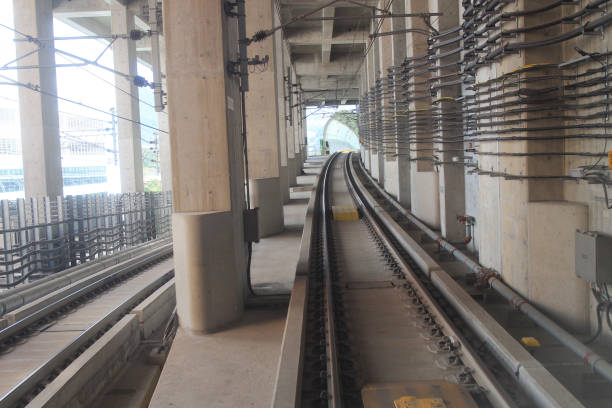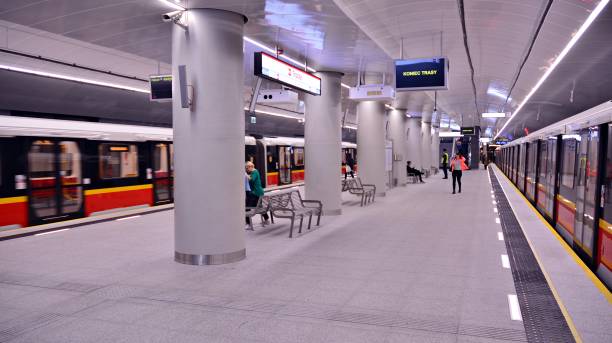The Coventry Very Light Rail (VLR) project could be a game changer for UK transport given its potential to be more affordable than other light rail schemes, a report from the cross-party House of Lords Built Environment Committee suggests. The Public transport in towns and cities report, published today, says that “while light rail schemes appear to be more effective at generating modal shift from the car than bus-based schemes, their high costs mean that they are unaffordable in many areas. However, it adds: “If effective, the VLR system under development in Coventry has the potential to overcome this disadvantage. The government should monitor the trials of this pilot system to assess its effectiveness in achieving the advantages of light rail with reduced capital outlays, with a view to providing further support. The VLR technology under development in Coventry combines a battery-electric lightweight train with an innovative trackform which minimises the requirement for deep excavation and the repositioning of services. This means the system can be installed more quickly than a tram.

Installation Costs are Expected to be £10M per kilometre, Compared.
with the typical costs of £25M to £30M per kilometre for a tram system. Testing is underway on a newly developed test track in Dudley. The first proposed VLR route will connect Coventry city centre to the University Hospital, a 4.5 mile (7.2km) route, and according to the report, Coventry City Council anticipates that other small cities “may eventually wish to develop their own VLR networks”. Built Environment Committee chair Lord Moylan – who has previously been Transport for London deputy chair under Boris Johnson, a Crossrail Ltd non-executive director, Crossrail 2 Ltd’s first chair and London Legacy Development Corporation chair during the 2012 Olympic and Paralympic Games – emphasised the need for support from the government for transport. We have called on the government to take action on the areas inhibiting the delivery of quality public transport services in towns and cities outside London,” he said. The government should also improve the way transport projects are funded, by moving away from local areas bidding for competitive central government capital funding, which is costly, resource intensive and inefficient. Instead, there should be a system of more periodic block grants. A framework should be set to allow local authorities to better coordinate local plans and transport planning. Looking ahead, Coventry Council is aiming to apply for a Transport and Works Act Order in 2022, for construction to begin in 2024 and the first route to be operational in 2025. In the longer term, there are plans to develop a complete network of routes with the aim of providing residents with a fast, frequent connection to various major employment centres and transport hubs. There is also an ambition for the very light rail vehicle to operate autonomously by 2030, although a driver will be required initially.

Coventry VLR is Being led by Coventry City Council and Supported by a Number of Partners,
including the Black Country Local Enterprise Partnership, Coventry and Warwickshire Local Enterprise Partnership, Dudley Metropolitan Borough Council and the European Regional Development Fund. Earlier this year, the first rapid battery charger for Urban Very Light Rail was commissioned on the project. The charger has been developed at the Very Light Rail National Innovation Centre in Dudley and will be tested on the prototype Coventry VLR. The adapted, 450kw overhead bus opportunity charger can top-up battery powered VLR vehicles in an estimated three minutes.


Recent Comments